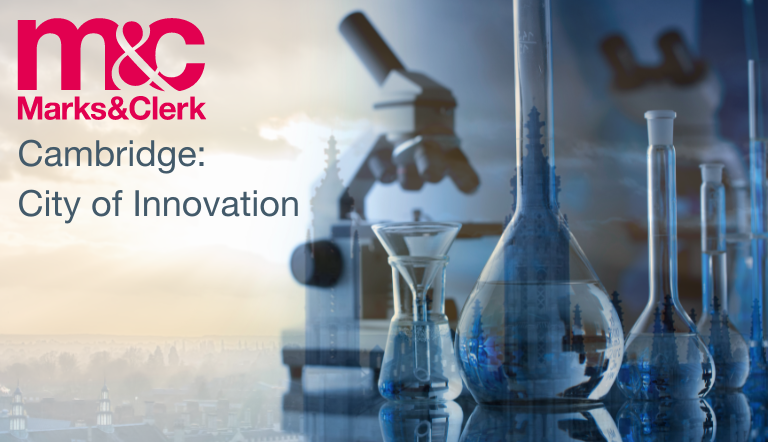This month marks the fiftieth anniversary of the first public mobile phone call, made by then-Motorola employee Martin Cooper on 3rd April 1973. Using a hand-built prototype phone called the DynaTAC, Cooper called Joel Engel, a rival developer of telecom technology at Bell Labs, from a New York street for some hard-earned gloating. The technology that Cooper used seems quaint to a modern eye – the DynaTAC, which weighed about a kilogram, was affectionately known as “the Brick”, and was paired with a miniature phone book that Cooper used to look up the Bell Labs number. Nonetheless, the stunt marked a paradigm shift in how people thought about, and related to, phones.
While car phones were already familiar in 1973 (a Bell Labs invention from 1946), the DynaTAC was the first telephone that could be described as “personal”, capable of being carried everywhere by an individual. Prior to mobile phones, you telephoned places, not people: you could try to reach someone by calling their house, or the hotel where they were staying, or the restaurant you thought they might be at, or even their car, but you couldn’t call them directly. Walking in the street, you were unreachable by anyone. That’s difficult to imagine now! Interviewed in 2003[1], Cooper recalled “We believed people didn’t want to talk to cars and that people wanted to talk to other people… [the personal telephone was] something that would represent an individual so you could assign a number not to a place, not to a desk, not to a home but to a person.”
Cooper’s vision has been broadly realised. In the modern world a person is represented by their smartphone not only for phone calls, but also for SMS and on the internet, including all the various social media platforms. A phone has become perhaps the single most personal item that many of us own, and certainly among the most devastating to lose. Indeed, the role of a phone has moved beyond communication; it can now track your movements, your sleep, your exercise, your diary, and practically anything else you want. Interviewed recently[2], Cooper recalled envisioning that “Someday when you were born you would be assigned a phone number – and if you didn’t answer the phone – you would have died.” That hasn’t quite come to pass yet, but it rings very true to the major role smartphones play in most people’s lives.
The societal impact of smartphones has, naturally, been accompanied by an economic impact, with the biggest telecom companies becoming global giants. One of the most hotly contested issues within the industry is often the obtaining of so-called Standard Essential Patents (SEPs), which are patents deemed essential for implementing internationally-recognised telecommunication standards. SEPs must be made available for licensing under terms considered “fair, reasonable, and non-discriminatory” (FRAND). The question of what constitutes FRAND terms, and indeed of which patents should be considered SEPs, can often be contentious, and there is a perpetual race to be the first to invent technologies that will result in SEPs.
Here in Cambridge, the highly favourable conditions for R&D have attracted several telecom companies, with Nokia, Samsung and Apple all represented here, as well as the semiconductor company Arm, which is well known for the development of microchips and the accompanying RISC architecture that are today present in the majority of smartphones. A local success story is the former CSR (originally Cambridge Silicon Radio), which was founded in Cambridge in 1999 and developed various telecom technologies before being acquired by Qualcomm in 2014 for a reported $2.5 billion. Today, telecom innovation in Cambridge is supported in particular by Cambridge Wireless, an international community of tech companies and academics that helps to create communication and collaboration within many fields including telecommunications, particularly in Cambridge, London and the rest of the UK.
Following the development of the DynaTAC prototype, Motorola released a number of now-iconic designs, including the MicroTAC, the world’s first flip-phone in 1989 (a design perhaps more familiar to the author’s generation from TV shows like The X-Files rather than from personal experience), and the StarTAC, an early clam phone released in 1996. Intriguingly, Martin recalled[2] that all of these designs and others dated from the same time as the original DynaTAC, stating that “[the designers] in 1973, even before even the idea was known to hardly anybody, came up with designs for five different kinds of phones. And they predicted every phone that you could imagine. One of them had a slider, one of them had a folding phone, and another one had what you’d call a capsule phone.” While the DynaTAC was chosen first for its simplicity, it’s quite surprising (and a testament to their creativity) that Motorola’s designers foresaw decades of evolution in phone design right from the very beginning!
It’s natural to also consider the possible future development of mobile phones. Cooper suggests that phones will continue to integrate more and more into people’s lives, especially with regard to health[2]: “I think the children of today’s cell phones, if I could use that analogy, are going to be used for things like connecting to your body, measuring things on your body, understanding when you’re starting to get sick”. Indeed, we see the beginnings of this already, as mentioned above, since smartphone apps for tracking the user’s health are already widely available. This appears to be yet another example of a mobile phone representing and becoming synonymous with the person who owns it, as Cooper predicted.
Marks & Clerk have extensive experience in assisting innovators protect their intellectual property relating to new smartphone technology, including extensive work with SEPs, and we look forward to supporting the future technological developments that stem from Cooper’s DynaTAC device.



